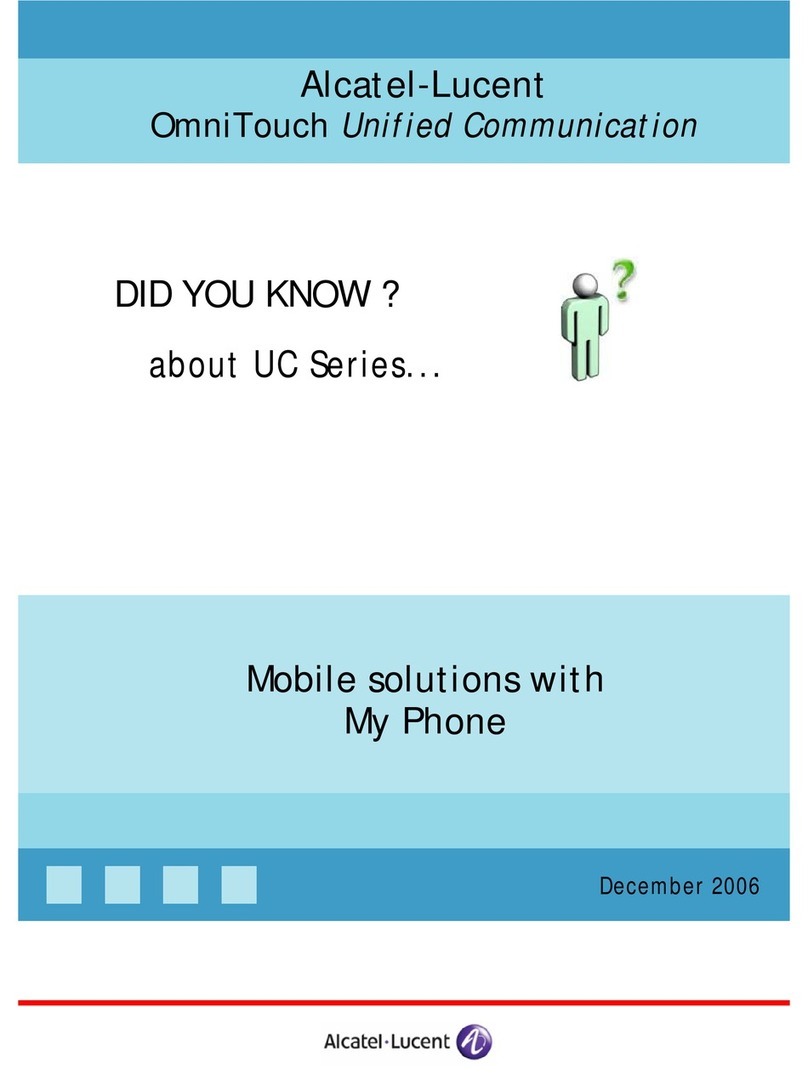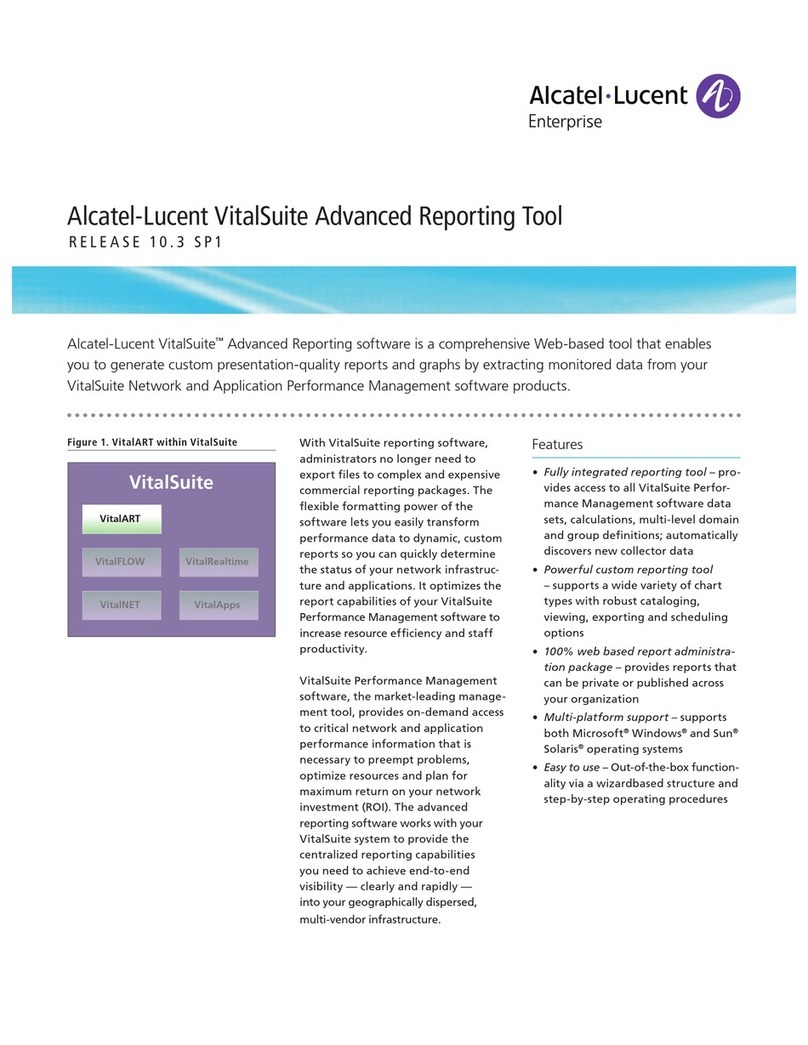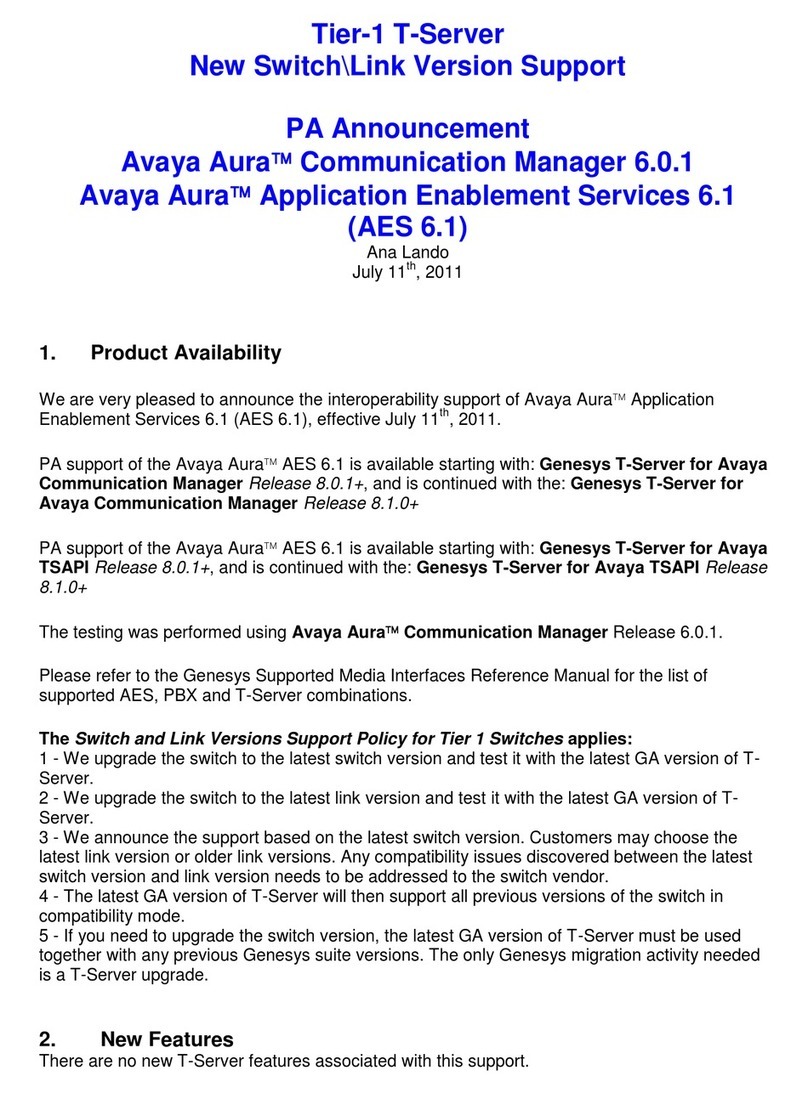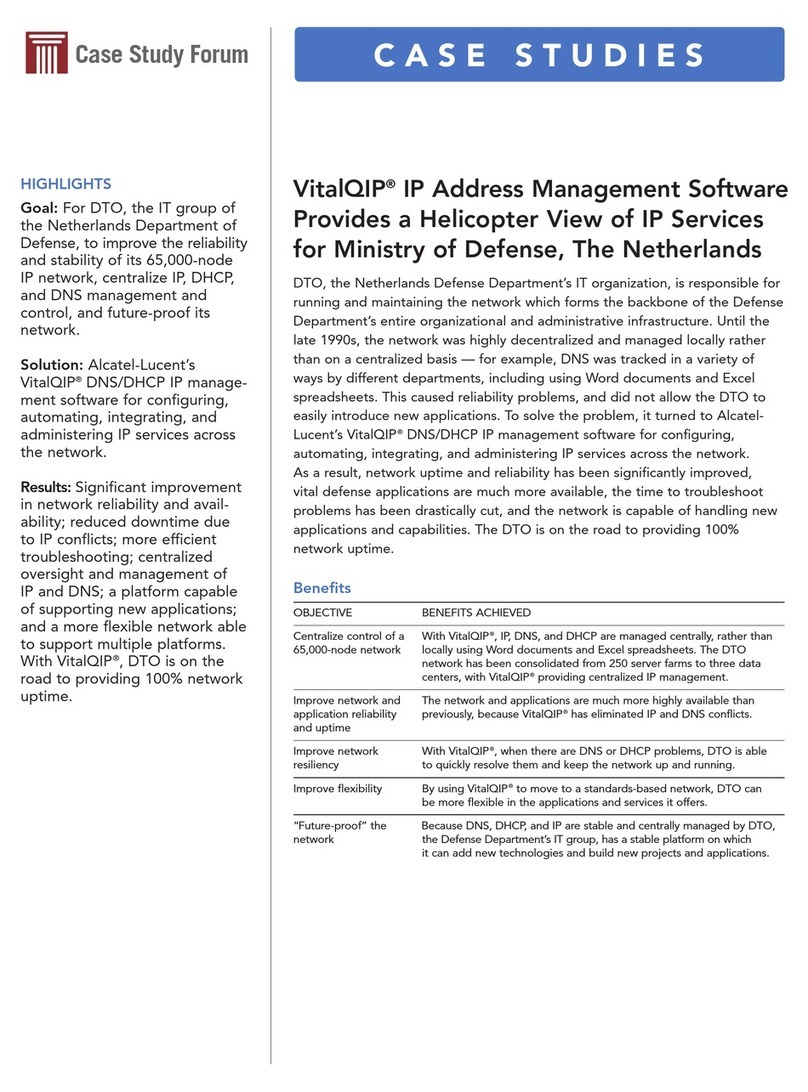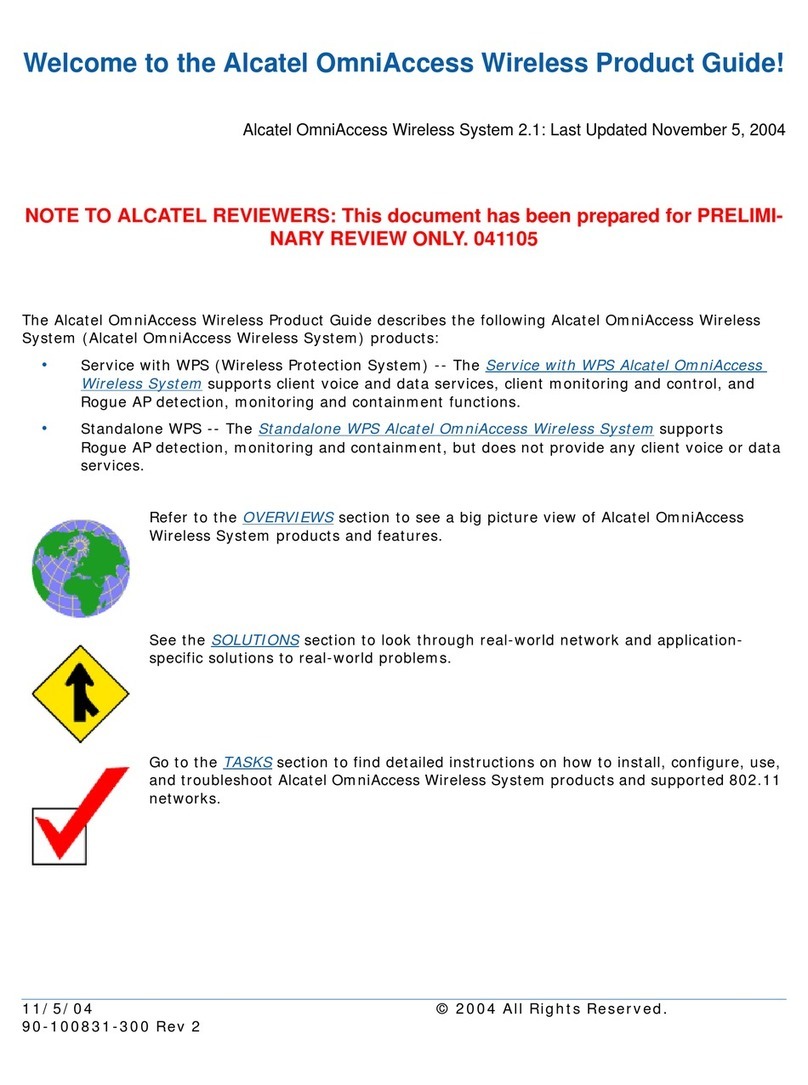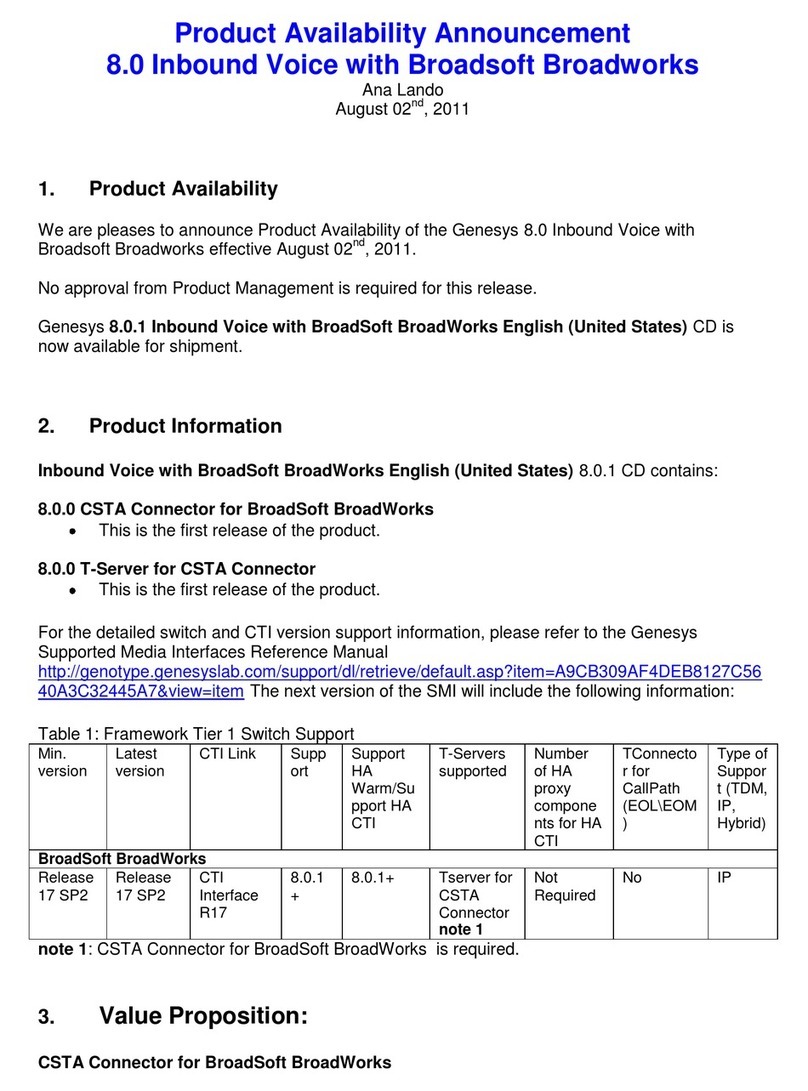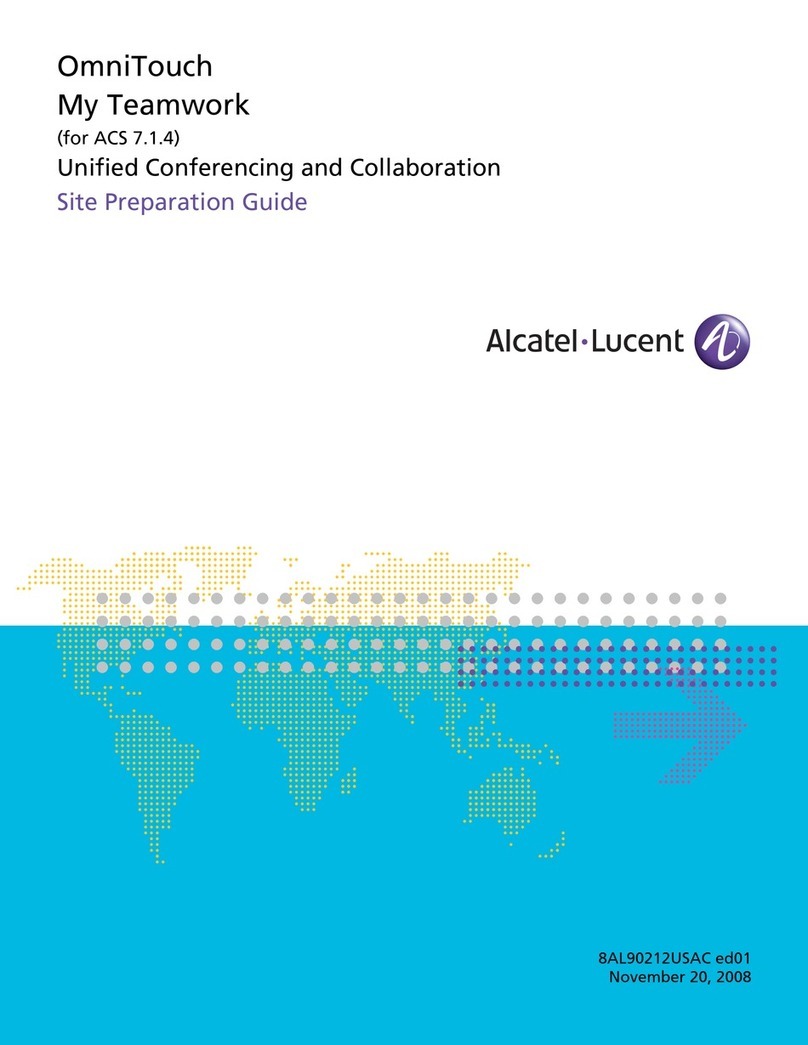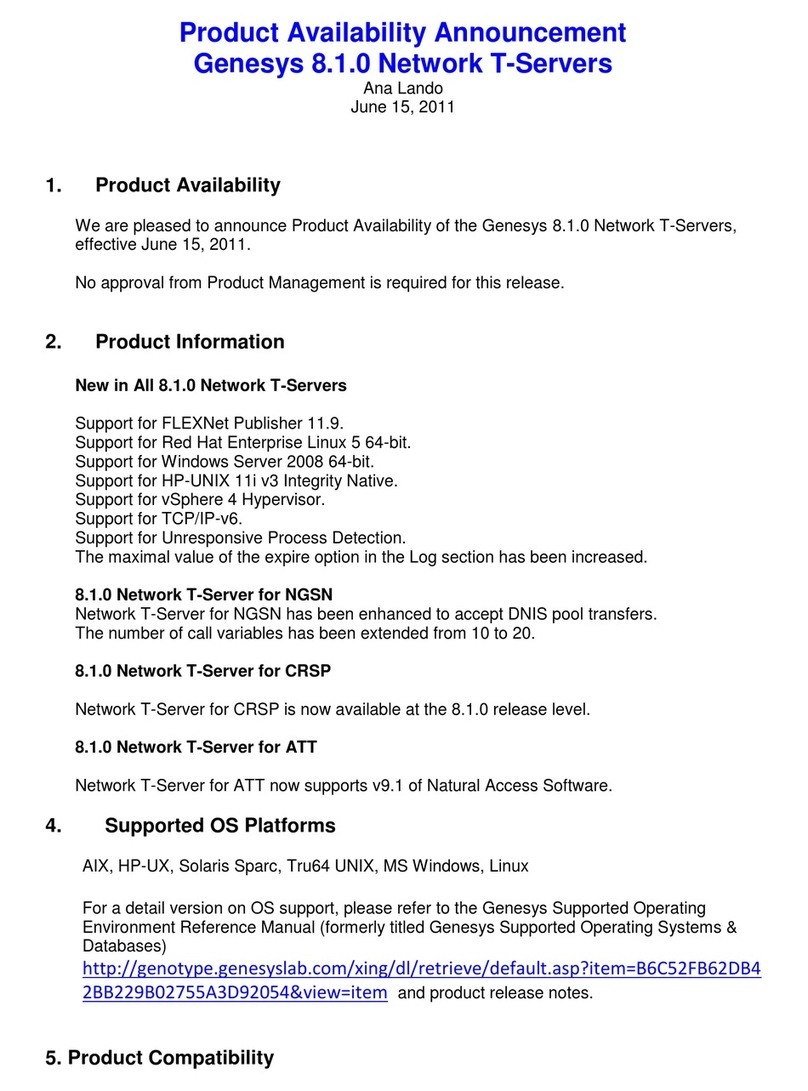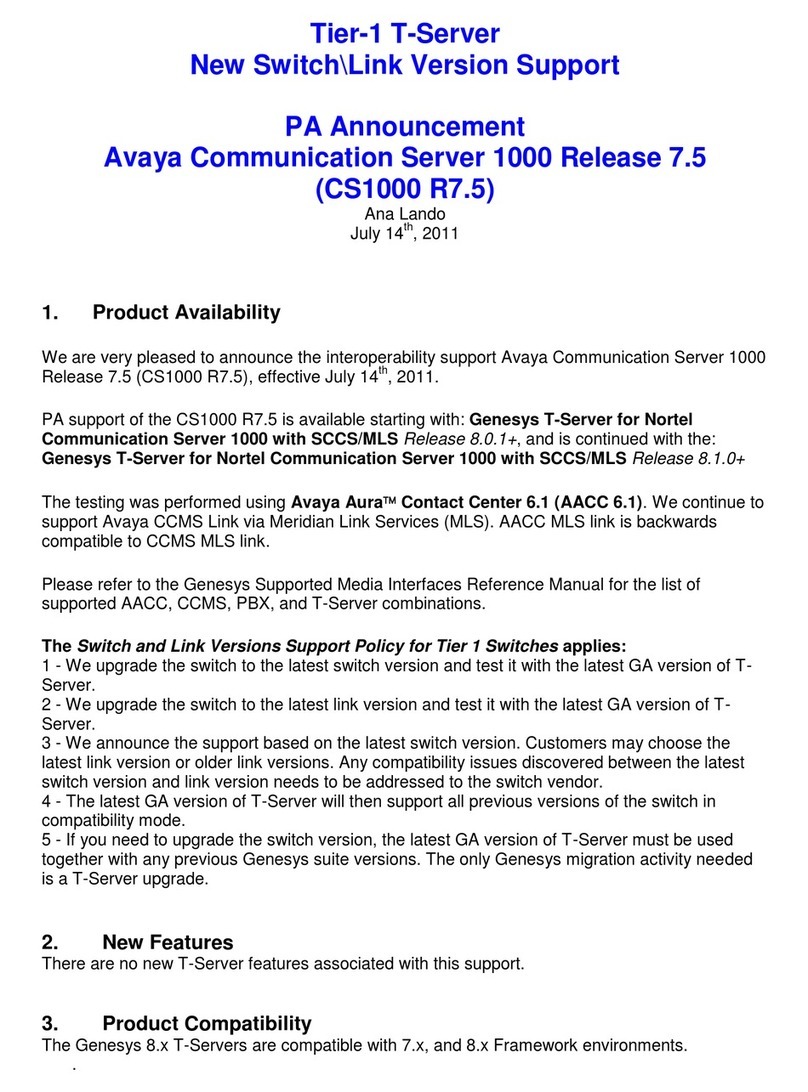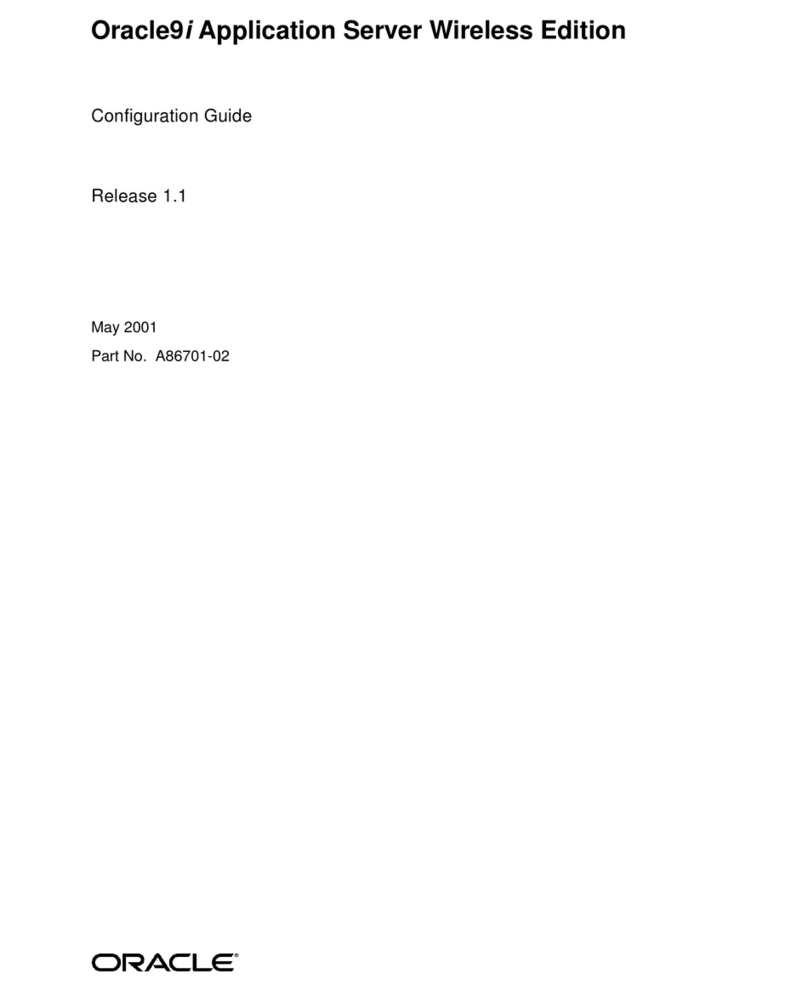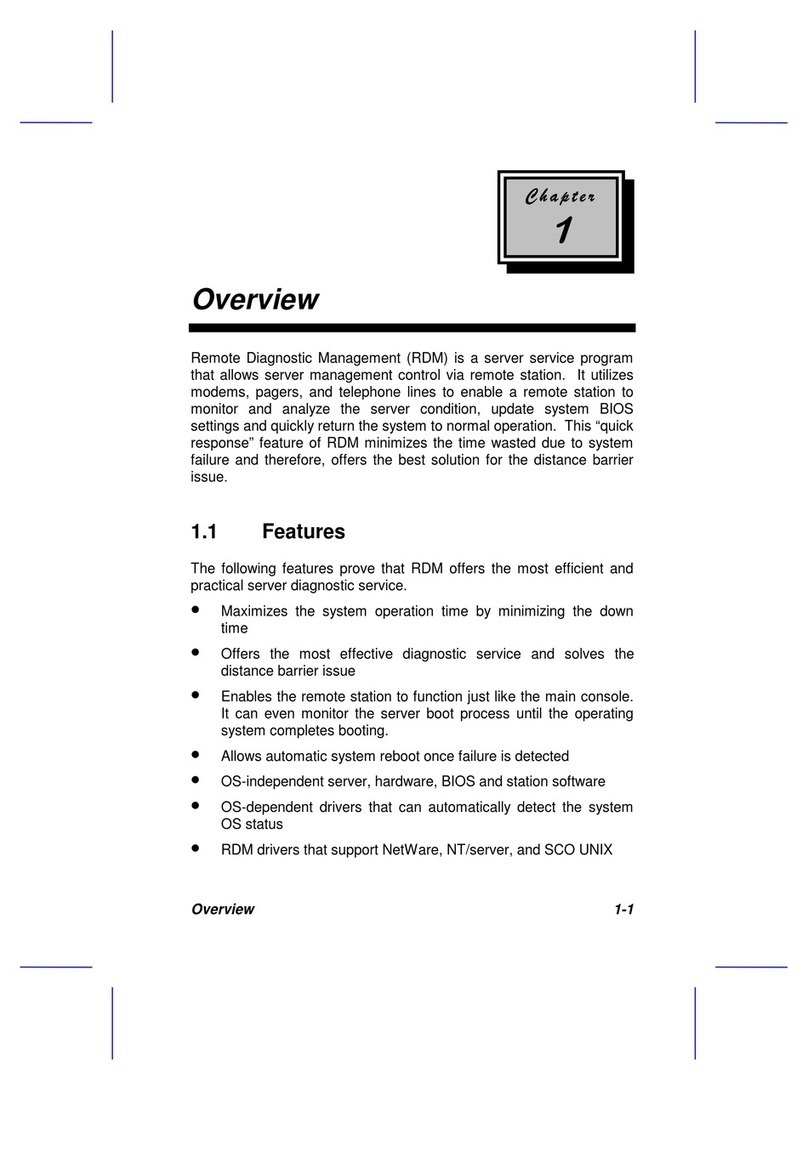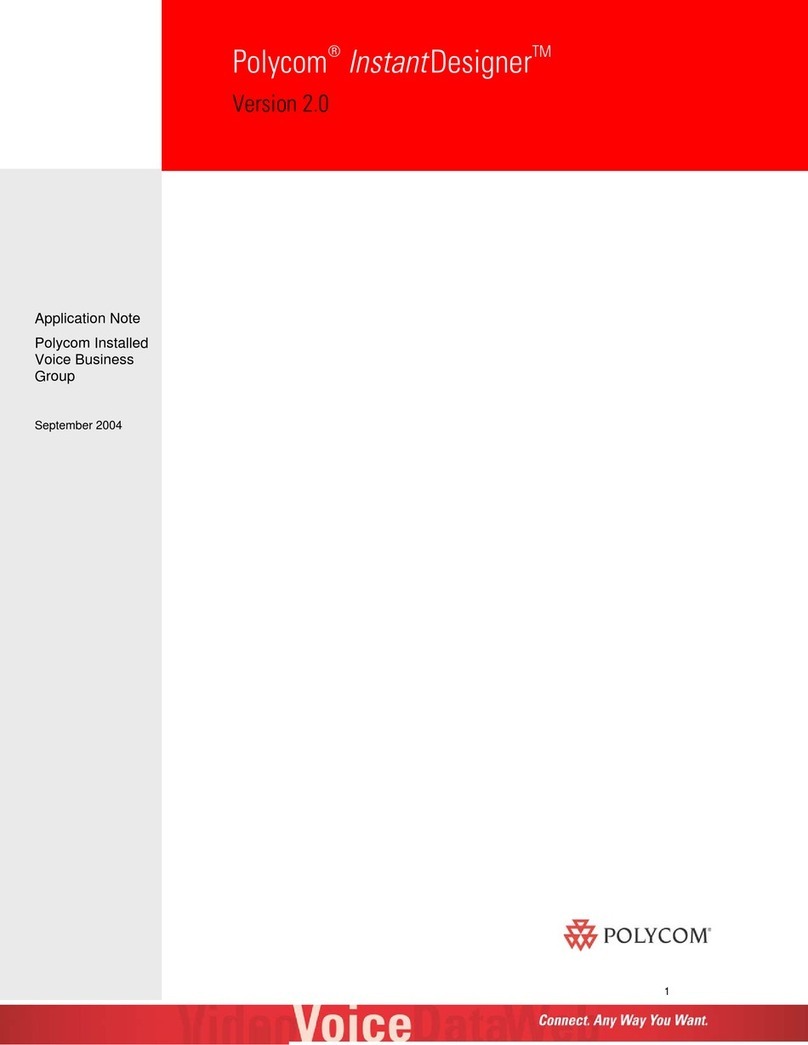3New communication behaviours in a Web 2.0 world
Executive summary
Social communication has changed. In the past two decades, technical devices have brought
more collaboration, social interaction, personalization, active participation and communication
itself than ever before. One of the main reasons for this has been the emergence and spread of
broadband internet. However, associated technological advances, such as
email, messaging, rich internet applications, content generation application,
mash-ups and enterprise applications, have also played a major role.
This stage of internet evolution is known as Web 2.0. It is already having
an effect, not only on societies and communities but also on businesses and
established business models.
But most of all, perhaps, it is having an effect on users: on how they react
to the promise of an evolved internet, on what they do with it – even on
exactly who those users are. Together, these factors are creating a new type
of user. He or she is User 2.0.
In this paper we look at the effects of Web 2.0 on the behaviours of online users. These effects
include:
1. Shift of attitudes of internet users
2. Growth in broadband connection
3. Content being delivered free of charge
4. Online social networking as a new communication domain
5. Fragmentation of consumer markets
6. The internet as the main source and transmitter of knowledge
7. Internet privacy, online security and data ownership
Web 2.0 is affecting corporations too. For these businesses, the spread of broadband and online
services brings new revenue opportunities. However, it also threatens current business models.
Internally, enterprises globally will increasingly make 2.0 ‘tools’ part of their routine.
Collaboration productivity tools, unied communications, virtual worlds and Web services are
among the tools likely to be adopted. Their adoption will, in turn, drive the growth of a social
networking enterprise software industry.
As new internet Web 2.0 services emerge, online advertising will grow in importance. There are
a number of reasons for this. Firstly, an increasing number of users are spending an increasing
amount of time on the internet. As new companies appear offering tools that make Web 2.0
even more attractive, this trend will accelerate. Advertisers will obviously want to reach this
vast audience. And this change will not just involve private individuals: as corporate use of the
internet increases, not only will advertising offer a way to reach such businesses, but it will also
offer the corporates themselves a way to reach potential customers – both high-level clients and
ordinary consumers.
Traditional advertising vehicles, like magazines and television, will probably continue to attract
signicant advertising budgets for some time to come. However, as audiences spend less of their
free time watching TV and more online, internet advertising will grow quickly.
